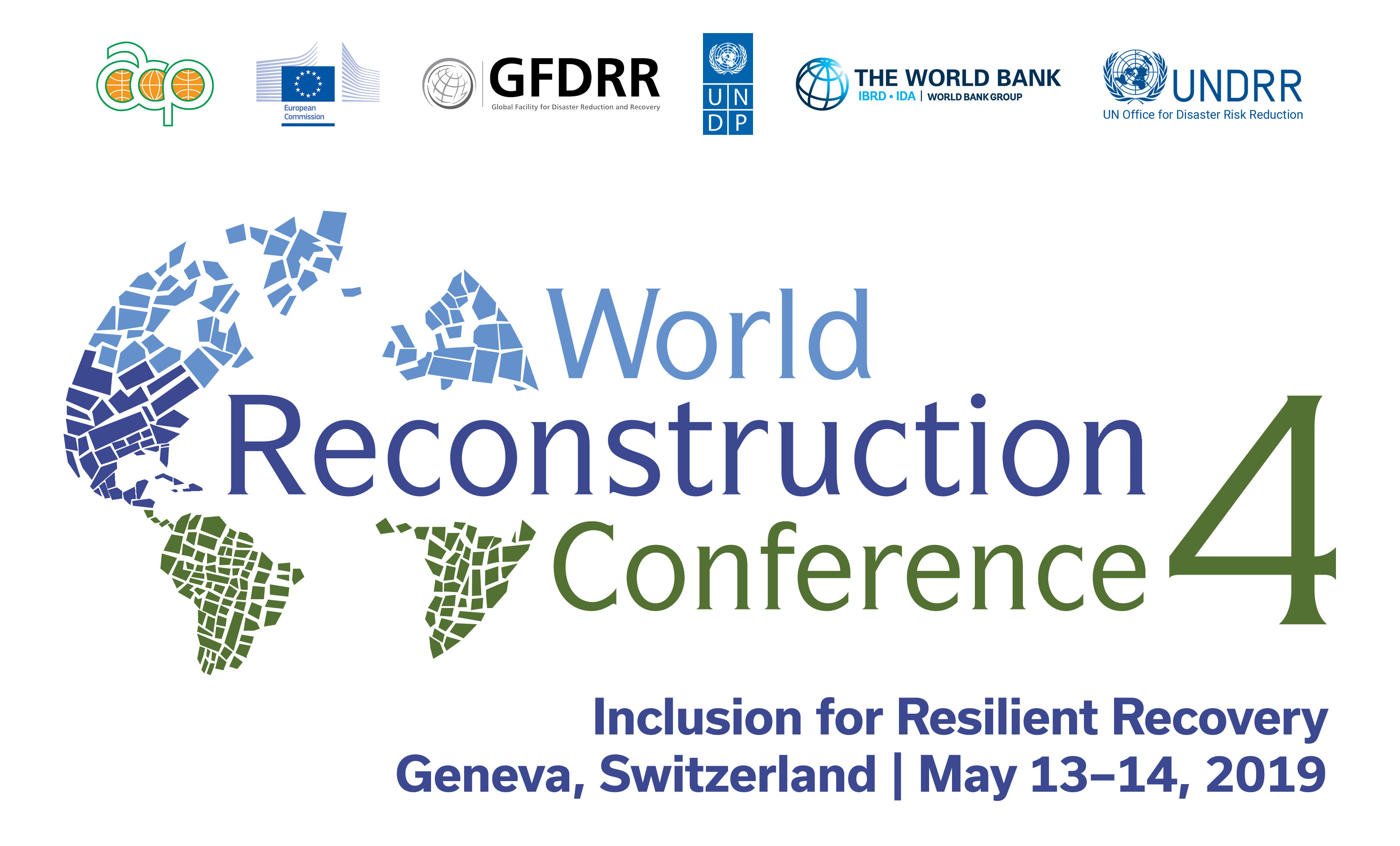Session Summary
Between June and August 2018, the Indian state of Kerala was affected by a series of disasters caused by a once-in-the-century rainfall event. The flooding and landslides which resulted from the rainfall resulted in approximately 500 casualties, 19,000 homes destroyed, temporary displacement of 1.1 million persons, and 5.5 million people affected. The World Bank estimated a total economic loss of 3.4 billion USD and the UN system estimated 3.7 billion USD in recovery costs.
One noteworthy session focused on inclusive and green recovery in Kerala following these floods. During recovery, the government conducted the first Post-Disaster Needs Assessment (PDNA) with the support of UN agencies to include community stakeholders. Those stakeholders, in turn, helped develop differentiated strategies to address the needs and priorities of vulnerable groups and made recommendations for addressing specific issues related to gender and culture. It is likely the first PDNA which has included such substantive recommendations on environmental sustainability and gender inclusiveness as a foundation for the recovery process.
The Government accepted the UN recommendations to integrate building back better and greener as its operating philosophy in its reconstruction plan ‘New Kerala -Nava Keralam’, supported by the UN and the World Bank. Extensive consultations were conducted while formulating the recovery plan to ensure it is inclusive for women, children, migrants and differently-abled women and men.
Recovery and reconstruction plans were discussed from various angles, including environment and inclusion and emphasized the exemplary resilience shown by Kerala as a community. The experts also shared the impact of human interventions on ecology that led to the disaster. The main lessons from the experience include risk-informed land use planning which is fundamental to sustainable reconstruction, promoting the construction of eco-safe roads and green infrastructure (such as roadside vegetation and coastal green belts) as a cost-effective means of increasing resilience against the impacts of hazard events, and including integrated water resources management, such as ‘Making Space for Water’ for a more sustainable approach to reducing disaster risk, especially in the low-lying Kuttanad area.
A gender-sensitive and -inclusive approach for disaster management in a patriarchal society such as Kerala still remains a work-in-progress. The goals of a truly inclusive system may be achieved only by involving marginalized communities in the decision-making process. The media’s response during all phases of the disaster was significant in bringing together the community and administration.
There needs to be a paradigm shift in the approach towards building construction post-floods where the Habitat Agenda should be read along with the Sendai Framework. A people-centered approach with appropriate technology and materials is vital. In the near future, the focus needs to be on creatively rebuilding Kerala’s critical infrastructure with cultural sensitivity.
‘Chekkutty’ dolls, the symbols of Kerala’s resilience, were presented in the session. Chekkuttys are cloth dolls made by volunteers from the soiled clothes of the Chendamangalam handloom industry, which were sold widely and generated revenue to revive the industry. The positive role that social media and youth groups can play during and in the aftermath of disasters may be documented and imbibed into the system. Follow-up actions include collaboration on the new project ‘Upscaling Community Resilience through Ecosystem-based Management’. The project will bring together UN Environment and the Kerala State Disaster Management Authority along with other partners to collaborate in creating replicable models for increasing disaster resilience among the most vulnerable.

